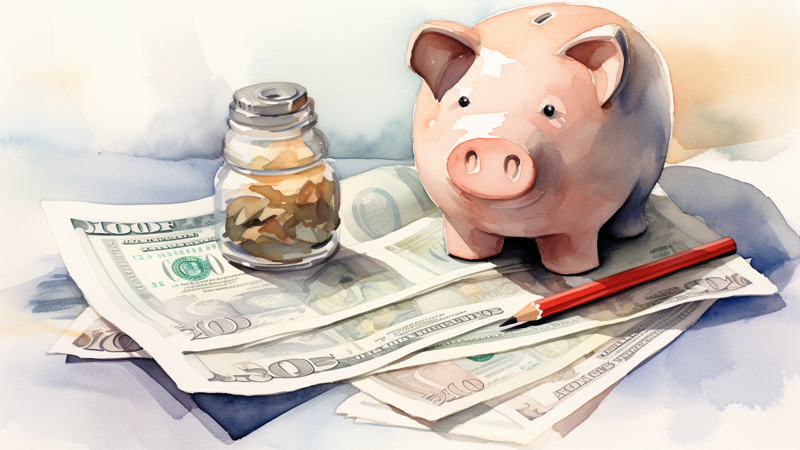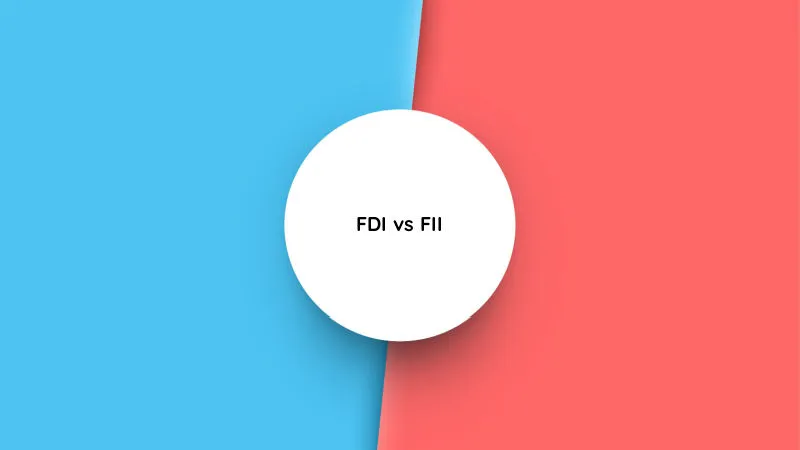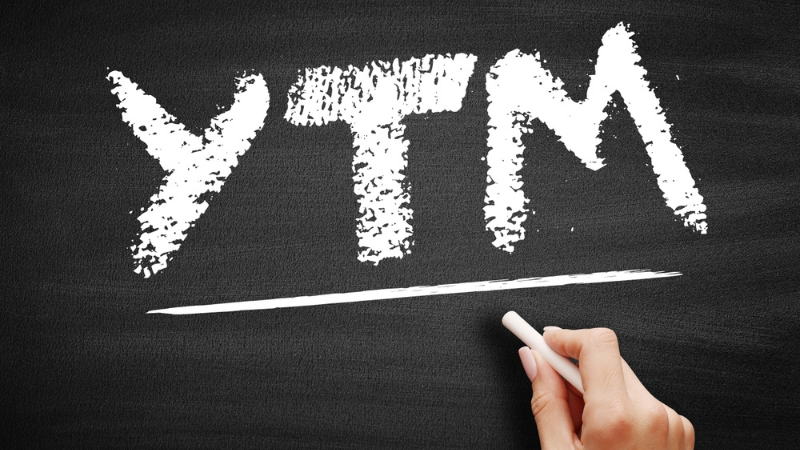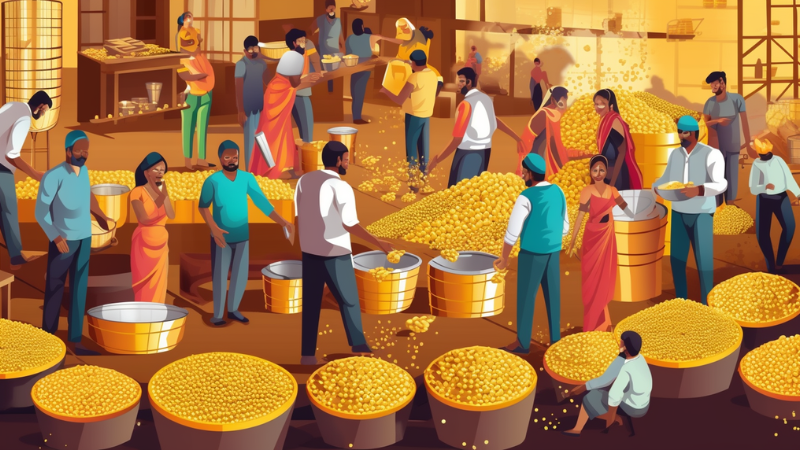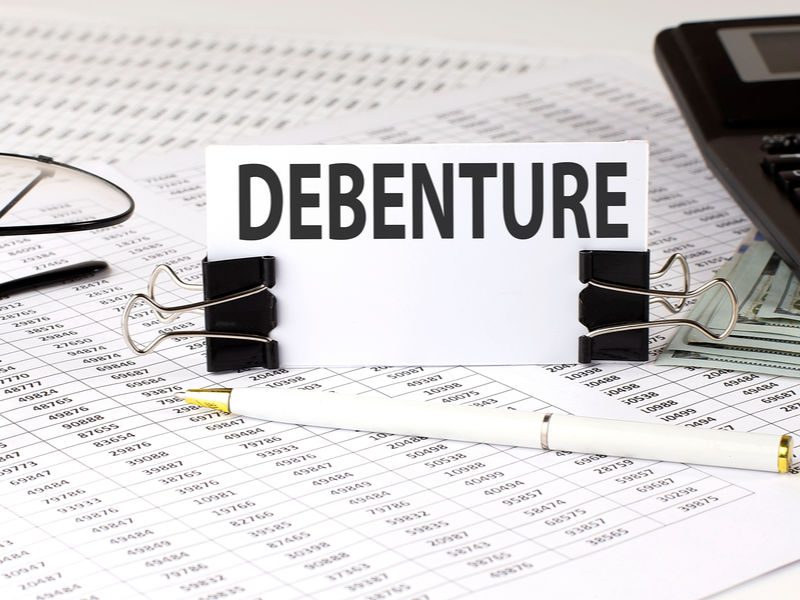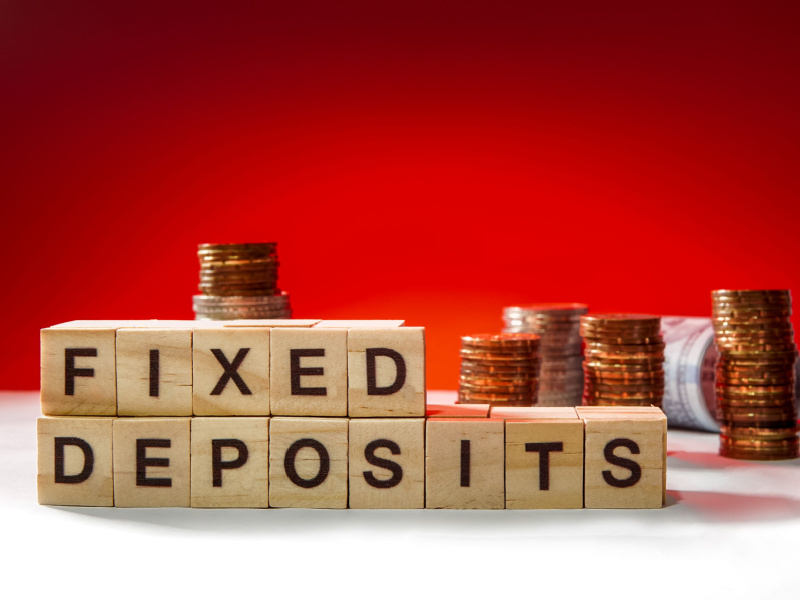
What is the first investment option that comes to our parents’ minds when we talk about building capital? Bank Fixed Deposits. They have traditionally been the most favored investment option owing to their multiple benefits and relative flexibility. However, the younger generation has generally stayed away from investing heavily in FDs and there is a reason for it. Bank FDs have for long been unable to provide decent returns that can even meet inflation. Also, there have been more attractive investment options in the market that can help in faster wealth creation.
However, the interest rates on FDs are fast changing. So is it the right time to go back to basics? Invest heavily in bank FDs as our parents did? Let us discuss the current FDs interest rate scenario and if it is beneficial to invest in bank FDs today.
What is FD?
Bank FDs are financial instruments that are a form of savings option provided by the banks which allow the investors to park their money and earn a fixed interest rate on the same. There are many types of FDs available with banks for investment like
- Senior citizen FDs
- Cumulative FDs
- Non-cumulative FDs
- Tax-saving FDs
- Rrecurring deposits
- Flexi FDs, etc.
These FDs have varying interest rates depending on the tenure of the deposit and the bank’s policy in this regard. The majority of banks also provide higher interest rates for senior citizens.
Why are interest rates on Bank FDs increasing?
The average rate of interest for bank FDs was in the range of 2.75% to 6% on average. Senior citizen FDs would provide slightly higher interest rates. However, the recent changes announced by the RBI have had an impact on the bank’s fixed deposit.
The rising inflation has been a cause of concern for not only the Indian economy but across the globe. Many countries have hiked their interest rates in response to the rising inflation in an effort to curb it and stabilize the economy. The central bank, in line with the global economies, has also increased the repo rates twice in the months of May 2022 and June 2022. The cumulative increase in the interest rate over the two months is 90 basis points (40 basis points on May 22 and another 50 basis points on June 22).
This increase in interest rates has translated into an increase in the bank’s fixed deposit rates as well. Most banks have hiked the interest rates offered on bank FDs across various tenures.
Is it a good time to invest in bank FDs?
With the recent hike in bank fixed deposits, many investors are thinking it to be a lucrative option. But is it really the fact? The interest rate hikes are awarded to bank FDs depending on the tenure of FDs. Therefore, the bank FDs with the highest tenure have the maximum benefit of the rate hike whereas short-term FDs have a very nominal increase which is not really significant. Add inflation and taxation to these returns, and even with the interest rate hike, most bank FDs with short-term tenure will not provide enough returns that beat the current inflation in the country (which most experts believe is further expected to increase)
As mentioned above, inflation in the country is expected to further increase in the near future. To battle this rising inflation, the apex bank will increase the interest rates in the coming months. According to many economists, the result of this will be a rise in the bank FD rates which may even touch 7% to 8% in the coming months. However, the timeline for the same is not definite.
In the wake of this uncertainty, the dilemma before the investors is to wait for the FD interest rate to hike and let their corpus sit idle in the meantime or invest now and lose the benefit of increased interest rate in the coming months. Therefore, it is advisable that the investors opt for short term bank FDs ranging from a few months to maximum 2 years.
This will allow them to earn the benefit of the current interest rate hikes as well as withdraw their funds upon maturity of current tenure to reinvest in bank FDs upon a further increase in the interest rate hikes. Also, investors can split their corpus and form what can be referred to as an FD ladder. This essentially means that the corpus is invested in multiple tranches at every interest rate hike. This will not only help in benefiting from the additional interest rate hikes and getting average returns but will also allow liquidity to a certain extent.
What are the alternate options in the current market scenario?
Bank FDs even today remain a less lucrative option, especially for the younger generation as there is a general increase in the risk appetite and the returns expectations observed in this class of investors. Also, there are many investment options available today that have the potential to generate relatively higher returns even after considering taxation. Some of such options include debt funds, index funds, hybrid funds, ETFs, sovereign bonds, etc.
Conclusion
Bank FDs’ interest rate hike is good news for the investors and has come after a very long gap where the interest rates on bank FDs were quite low to the point of being insignificant. Bank FDs are a relatively safer investment option when compared to equity funds or investments in stocks and are therefore here to stay. They are still a good addition to an investment portfolio to spread the risk and earn virtually risk-free returns even if the returns are nominal when compared to dynamic investment options.
FAQs
No. There is usually a gap between the repo rate hike and a hike in the bank FDs’ interest rates. The market is flushed with liquidity when the repo rates are hiked so the banks are not really competing severely for deposits from customers to immediately respond with interest rate hikes on bank FDs.
In 2022, RBI increased repo rates twice on May and June 22 by 40 basis points and 50 basis points respectively.
The average interest rates offered by banks on FDs range from 2.75% to 6.95% depending on the bank and their guidelines.
Yes. Investment in corporate FDs yields higher returns but the risk is also higher as there is a higher chance of default by a company than by a bank.














